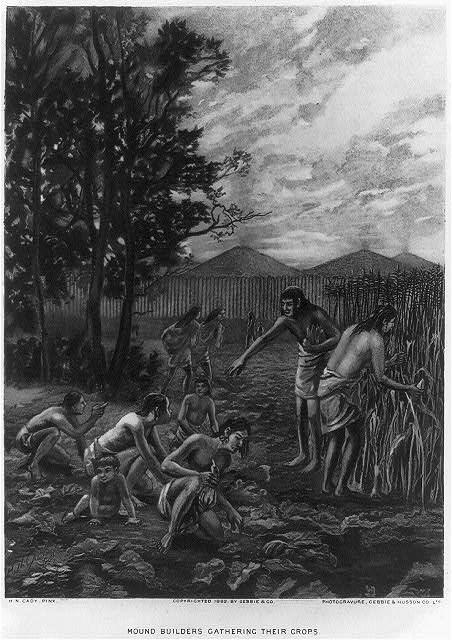
Library of Congress Many indigenous cultures existed in the Louisiana territory when Europeans colonizers arrived. Native American tribes, with of thousands of people, had been living there for over 10,000 years. Louisiana has many examples of the great accomplishments of Native Americans. As European colonization continued, indigenous populations in Louisiana experienced major declines. Decline was caused by many factors such as
Despite these challenges, many aspects of indigenous cultures and practices still flourish today. Native peoples' knowledge of the region helped many European, Asian, and African colonies succeed. Native Americans shared their information with colonists. Use of medicinal plants, seasonal flood patterns, seafood harvesting, farming and construction suited to the area helped many colonies. Today, there are four Federally recognized Tribes in Louisiana.
Additionally, there are 11 State recognized Tribes. We thank and celebrate the indigenous cultures, accomplishments, and contributions of Louisiana. Links for LearningMore Information and Resources on Native Americans in Louisiana.Native American tribes are always the best source for learning about tribal history and culture.Today, the National Park Service aims to work alongside Native Tribes to preserve, share, and honor the full history of this great land. |
Last updated: May 23, 2025
